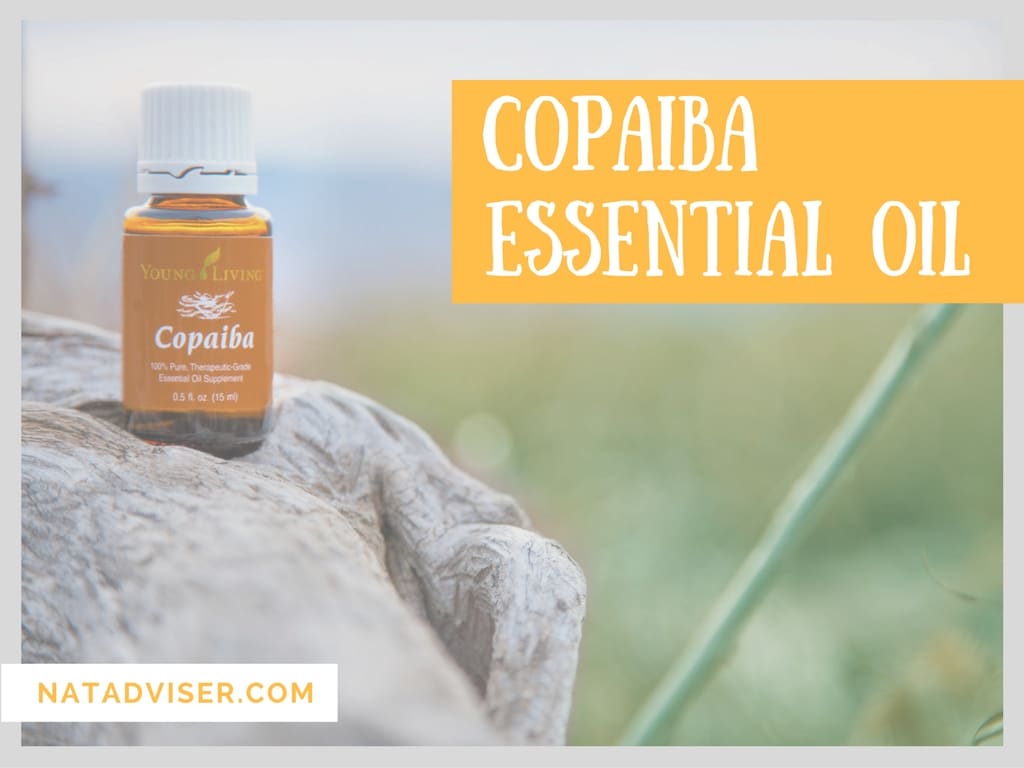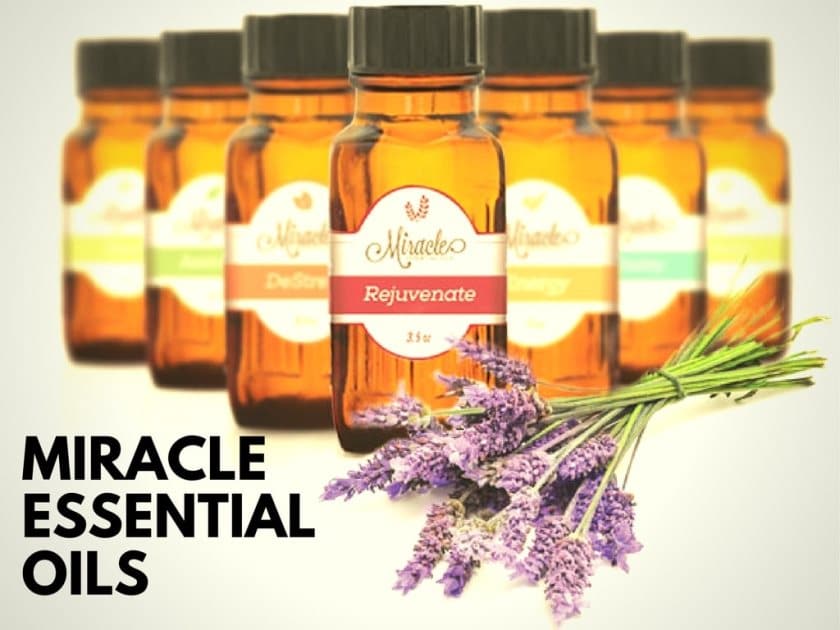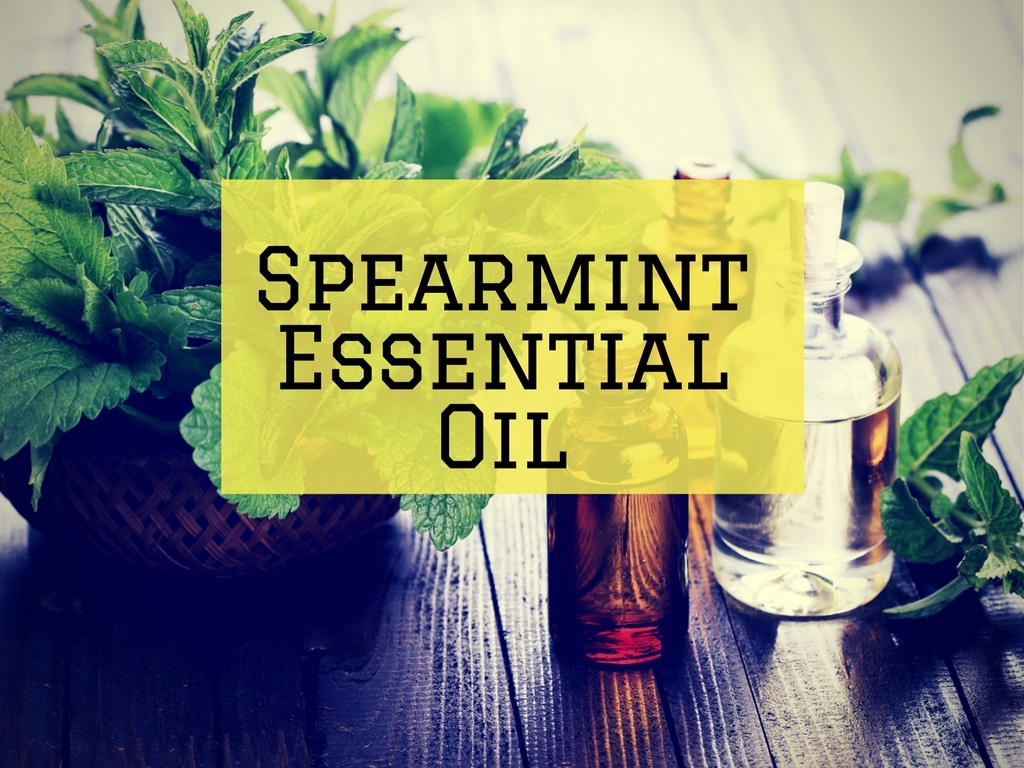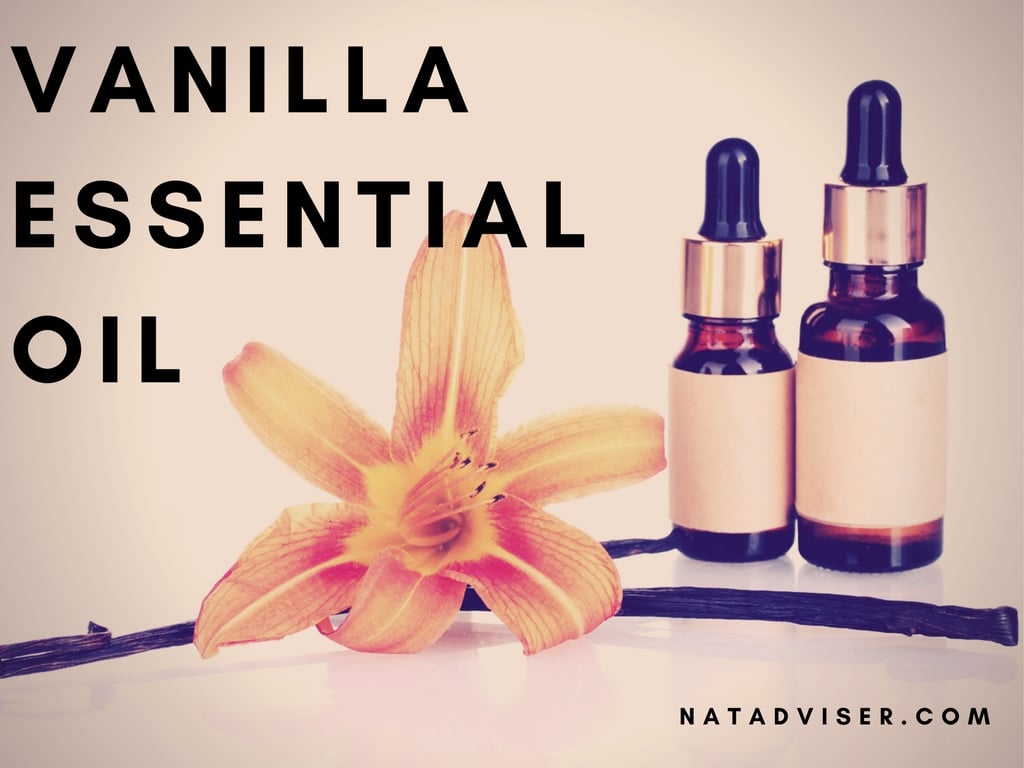
Copaiba essential oil is not perceived as a typical go-to natural remedy in most parts of the world. Frankly, many people haven’t even heard of this powerful anti-inflammatory agent before; at least not until the recent years.
Table of contents
The latest medical studies have pushed the copaiba essential oil into the spotlight by proving its countless uses and healing benefits to millions of people who are seeking the relief from curable and as yet incurable illnesses.
From tree to essential oil
Copaiba essential oil is a concentrated aromatic liquid derived through steam distillation from the resin of South American tree genus called Copaifera Officinalis. The Copaifera genus consists of many species including Copaifera langsdorffii and Copaifera reticulate that are mostly native to the Amazon rainforest.

The resin, also known as oleoresin, is harvested similarly as maple syrups. Harvesters simply drill the hole in the tree trunk, install the tap and wait for the valuable liquid to start pouring out. Interestingly, one copaiba tree can produce approximately 40 liters of resin per year, which makes the genus sustainable and also ecological, because rainforests are not harmed for the purpose of producing essential oils.
The last step of steam distillation successfully separates natural aromatic compounds from resin, which gives the copaiba essential oil its distinguishable aroma reminiscent to one of honey and cinnamon with a slight hint of diluted cedar as a result.
Main characteristics of copaiba essential oil
With the help of modern scientific methodologies, the experts have successfully discovered the chemical structure of copaiba essential oil. Here is a list of most active and influential organic chemicals that enrich the oil’s irreplaceable healing benefits:
- Beta-caryophyllene
- Daniellic acid
- Alpha-copaene
- Beta-bisabolene
- Alpha-bergamotene
Seizing approximately 50% of the formula, Beta-caryophyllene is a chief component responsible for the incomparable anti-inflammatory qualities found within the copaiba essence. Copaiba essential oil carries 6-8 times the amount of Beta-caryophyllene found in clove essential oil, which makes it one of the most powerful natural anti-inflammatory agents known in traditional medicine.
Other powerful attributes that elevate the overall oil’s medical potential include:
- Cicatrizant attributes promote the healing of wounds and scars.
- Disinfectant attributes keep the open wound clean and free of infections.
- Emollient attributes moisturize the skin.
- Hypertensive attributes control and reduce blood pressure.
- Astringent attributes contract skin and muscle tissue.
- Expectorant attributes promote the expelling of phlegm and mucus.
- Diuretic attributes promote urination and toxin removal.
- Anti-cancer attributes treat and prevent various forms of cancer.
- Anti-irritant attributes soothe irritated skin from allergy breakouts or bug bites.
- Antibacterial attributes protect from bacterial infections.
Copaiba essential oil uses and benefits + quick recipes
- Acne and psoriasis

Copaiba essential oil and its powerful anti-inflammatory and antibacterial qualities can treat various chronic skin conditions, including acne, eczema, and psoriasis.
The 2012 study published in Alternative medicine review: a journal of clinical therapeutic tested the effects of the qualitative and quantitative composition of copaiba essential oil on volunteers with acne. The results of the research showed the significant decrease of acne outbreaks in the areas treated with 1.0% copaiba essential oil gel concoction.
Another 2013 study published in International Journal of pharmaceutics proved the copaiba essential oil to be effective in treating skin thickness, scaliness, and erythema associated with chronic psoriasis.
How to use copaiba essential oil to treat acne?
Simply put 2 drops of copaiba essential oil on a cotton ball and apply it on the active acne. Wait for 2 to 3 hours and allow the anti-inflammatory and antibacterial qualities to reduce the redness and inflammation of your skin. With daily use of this recipe, your skin should experience relief from acne symptoms.
- Scars and stretch marks

The influential emollient and cicatrizant qualities of the copaiba essential oil come in handy when treating stretch marks and other visible blemishes on the skin. The oil promotes skin health by speeding up the healing process of scars and by improving skin elasticity for the prevention of new tear ups in the deep layers of the skin.
Furthermore, the astringent attributes can prevent skin sagging by contracting the tissue, making it smooth, tight, and youthful as a result, while antioxidant activity protects our biggest organ from free radicals that contribute to the premature aging.
To reduce the appearance of stretch marks simply dilute copaiba essential oil with carrier oil, for instance, coconut oil or olive oil, and massage the blend into your skin every day until you are satisfied with the results.
- Rheumatism, arthritis, lupus, and sciatica

Copaiba essential oil is a powerful natural pain-relief substance capable of relieving discomfort associated with migraines, headaches, gout, sciatica, fibromyalgia, muscular cramping, lupus, rheumatism, and arthritis.
According to the Centers for Disease Control and Prevention, more than 52.5 million of US adults have been diagnosed with some form of arthritis. Arthritis is a common musculoskeletal disorder characterized by pain, stiffness, and swelling of joints. These excruciating symptoms can be easily suppressed with the help of copaiba essential oil. Simply dilute it with any carrier oil and massage the created blend into your aching joints and muscles.
- Anti-cancer benefits

The latest studies have proven the copaiba essential oil to be an effective anti-proliferative agent. The anti-proliferative activity prevents the spreading of malignant cells into surrounding tissue or other parts of the body through blood and lymph systems.
According to the 2015 research, copaiba essential oil was able to kill MCF-7 breast cancer cells more effectively than doxorubicin chemotherapy drug used for treating breast cancer
For cancer patients, who are undergoing aggressive chemotherapy treatments, copaiba essential oil may also provide neuroprotective benefits for better resistance towards serious side effects that most commonly damage the brain and nervous system.
You can exploit the oil’s healing benefits by simply applying it directly on affected areas or soles of your feet (dilute the essential oil with carrier oil if your skin is sensitive), by adding few drops to your bathwater or by diffusing it with an ultrasonic diffuser for instant aromatherapy session in the comfort of your home.
- Hemorrhoids and incontinence

Hemorrhoids and other genital problems, including bacterial and fungal infection, can be easily treated with the help of antibacterial, anti-inflammatory, and disinfectant qualities found in “copaiba essential oil doTERRA series”.
If you are looking for a natural way to reverse the pain, itchiness, and painful bowel movement associated with hemorrhoids simply fix yourself a sitz bath and add 8-10 drops of copaiba essential oil to it. Sitz bath, also known as a hip bath, is an appliance dedicated for the lower part of the body, which will help you clean the affected lower area and increase blood flow for faster recuperation.
When speaking of lower-body problems it is also important to mention the urinary incontinence. The loss of bladder control is a physically and emotionally challenging condition that may affect your active life and, consequently, mental state as well.
Fortunately, just a few drops of copaiba essential oil applied to your abdomen before bed can help you tone your weak or damaged bladder and urinary tract muscles responsible for your nightly embarrassments.
Copaiba essential oil benefits will also help you treat:
- Dry and dull skin
- Insect bites and stings
- Varicose veins
- Emotional instability and anxiety
- Nail fungus and athlete’s foot
- Atherosclerosis
Toxicity + How to use copaiba essential oil?
Copaiba balsam essential oil is, as any other volatile oil, a highly concentrated substance that should always be used with caution. Its terpene-rich chemical formula has countless positive side effects on the human body, however, excessive consumption can cause stomach issues equivalent to food poisoning. Don’t ingest copaiba essential oil unless under the supervision of a medical specialist.
Luckily, allergic reactions to copaiba essential oil are extremely rare. You can exploit the healing benefits of this natural remedy in these 5 simple ways:
- Diffuse copaiba essential oil with an ultrasonic diffuser.
- Apply few drops of copaiba essential oil into your palms and inhale the essence deeply.
- Dilute copaiba essential oil with carrier oil and massage it on the affected areas of your body.
- Apply copaiba oil to the soles of your feet for quicker absorption into the body.
- Put a few drops of copaiba oil into your bath. Soak in the infused water, while simultaneously inhaling enriched steam.
NOTE: Always do a patch test on your skin when introducing new essential oil to your routine to make sure you are not allergic to the natural remedy.
Conclusion
For a lot of people copaiba essential oil may seem a relatively new natural remedy on the market; however, the truth is a lot more different. Indigenous population of South America has been using this influential oil derived from balsamic copaiba oleoresin for centuries.
The one-of-a-kind characteristics of copaiba essential oil can be used for the treatment of various curable and as yet incurable diseases, including cancer, lupus, rheumatism, arthritis, and fibromyalgia. Unlike most of the synthetic medicines used nowadays, copaiba essential oil will help you relieve the concerning symptoms without exposing your body to serious side effects.
Sources and References
- Wikipedia Copaiba
- Science.gov Copaiba oils
- NCBI Application of the essential oil from copaiba








